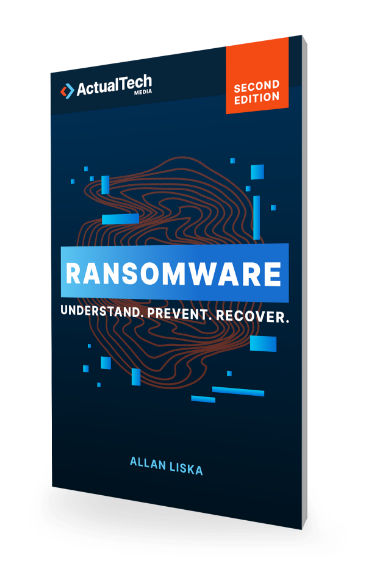
Download The "Ransomware Backup Strategy" Cheat Sheet
Ransomware resistant backup strategy is key to preventing Ransomware. Grab this free PDF resource today.
Home » How Does Ransomware Work? » Active Defense Intrusion » Credential Markets and Initial Access Brokers
Despite the rapid growth of this cybercriminal activity of Initial Access Brokers (IABs), relatively little is known about the size and scope of the market. Estimates range from $2.4 million in 2020* (Footnote 1) to almost $5 million* (Footnote 2) in the same year. Both of those estimates are likely low, as a lot of IABs prefer to communicate over private channels rather than sell their offerings in public.
As challenging as it can be to track IABs, trying to get a handle on this market is important because it acts as a force multiplier for ransomware affiliates. If the ransomware affiliates don’t have to spend their time scanning victims’ sites and gaining initial access, it allows them to target more organizations at a time and increases their chances of success.

… advertisement selling access. This example is also from the XSS forums and was originally written in English.
The seller wants to provide just enough information to make the target attractive, but not so much info that outsiders can figure out who the victim is.





It’s the ransomware resource you can’t afford to be without. 437 Pages of ransomware know-how. Stay ahead of the cybercriminals: get your copy now!


